| Size | |
|---|---|
| Common Name | |
| Type | |
| Family | |
| Native? | |
| Zone | 5, 5b, 6, 7, 8, 8b |
| Height Range (ft.) | 3.00 to 4.00 |
| Spread (ft.) | 3.00 to 5.00 |
| Bloom Time | |
| Bloom Description | pink to lavender flowers, Small |
| Sun | |
| Water | |
| Maintenance | |
| Suggested Use | |
| Tolerate | |
| Growth Rate | |
| Attracts |
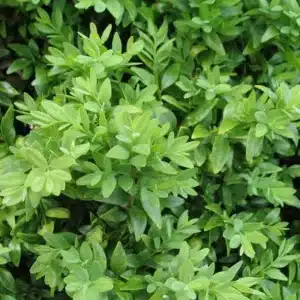
Callicarpa dichotoma ‘Early Amethyst’ is a compact ornamental shrub with pink flowers and bright purple berries for vibrant late-season garden color.
$32.99
Please note: Sizes 1.5 Gallon and up can’t be shipped outside the counties of Nassau, Suffolk, and Queens.
Learn more about how the process works and how our plants are delivered.
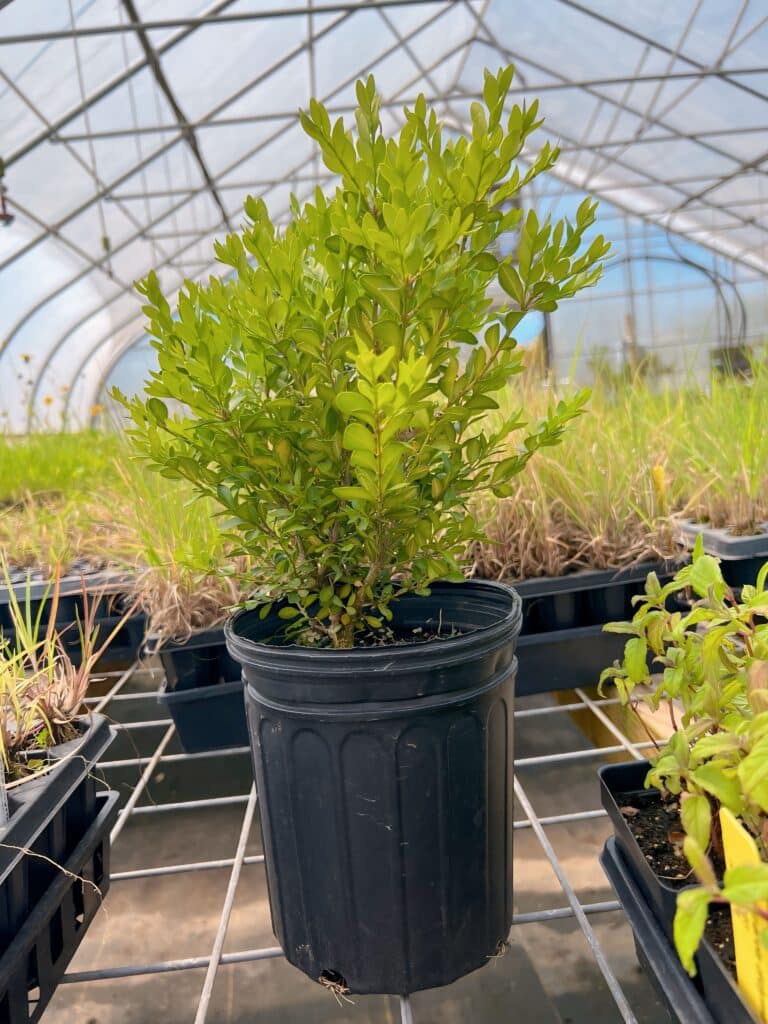
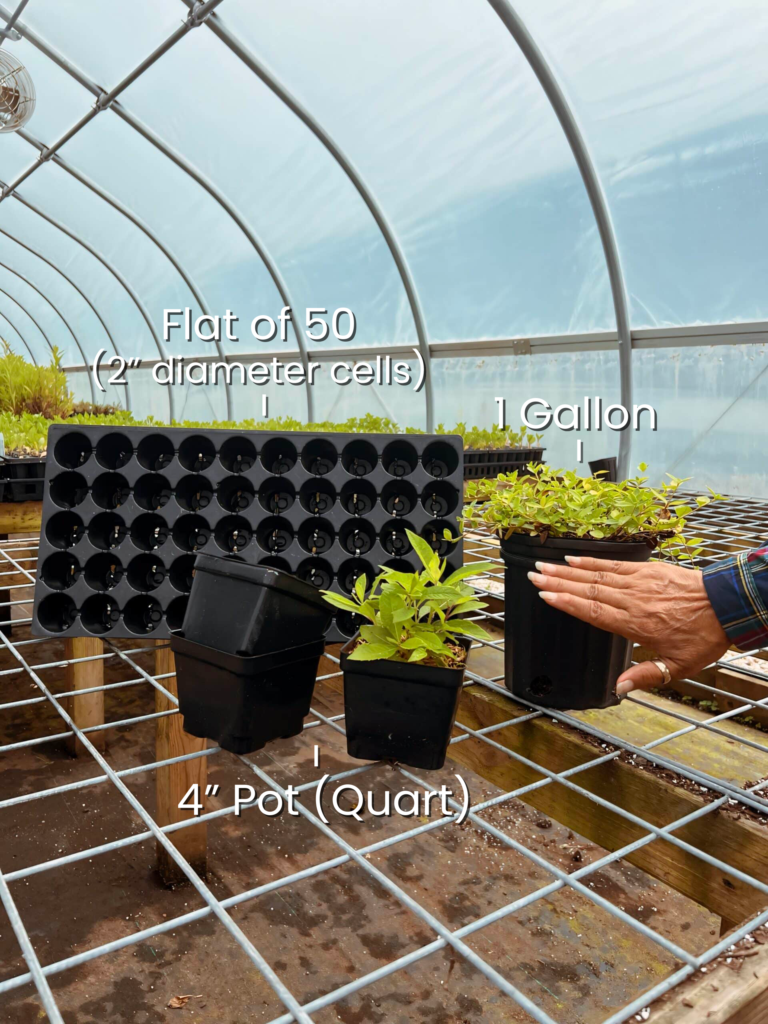
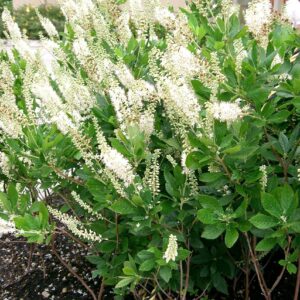
| Size | |
|---|---|
| Common Name | |
| Type | |
| Family | |
| Native? | |
| Zone | 5, 5b, 6, 7, 8, 8b |
| Height Range (ft.) | 3.00 to 4.00 |
| Spread (ft.) | 3.00 to 5.00 |
| Bloom Time | |
| Bloom Description | pink to lavender flowers, Small |
| Sun | |
| Water | |
| Maintenance | |
| Suggested Use | |
| Tolerate | |
| Growth Rate | |
| Attracts |
Callicarpa dichotoma ‘Early Amethyst’, commonly known as American Beautyberry, is a compact, ornamental shrub prized for its vibrant, amethyst-purple berries that appear in late summer and persist into fall. Despite the common name, this variety is not native to North America—it originates from East Asia. ‘Early Amethyst’ is valued for its tidy habit, growing 3 to 4 feet tall and wide, with arching branches and delicate pink flowers that give way to clusters of eye-catching fruit. While it provides seasonal interest, it offers minimal ecological benefits compared to native species.
Striking berries: Bright purple fruit clusters add bold late-season color
Compact form: Tidy size fits well in small gardens and foundation plantings
Multi-season interest: Delicate summer flowers and fall berries for ornamental appeal
Sun exposure: Grows best in full sun to part shade
Soil needs: Prefers well-drained, moderately moist soils; adaptable to various conditions
Maintenance: Prune in late winter to early spring to encourage strong new growth
Fall interest beds: Berries create a vibrant accent in late-season gardens
Wildlife borders: Adds structure and food interest (limited wildlife use)
Foundation plantings: Compact size works well near paths and buildings
Non-native species: Provides little nectar or host value for native insects
Limited bird benefit: Berries may be eaten, but less preferred than native species
Combine with natives: Use alongside native shrubs to enhance habitat value
Callicarpa americana – American Beautyberry: A native shrub with arching form and bright purple berries that support birds and native pollinators.
Aronia arbutifolia ‘Brilliantissima’ – Brilliant Chokeberry: Native shrub with spring flowers, vivid red berries, and high wildlife value.
Ilex verticillata ‘Winter Red’ – Winter Red Winterberry: A native deciduous holly with brilliant red berries that persist through winter and support birds.
/5
Total reviews
|
|
Persons recommended this product
Anonymous
Shopper
check_circle Verified
Shop owner replied
Was this helpful
Anonymous
Shopper
check_circle Verified
Shop owner replied
Was this helpful
Your feedback helps us improve our service.
There are no reviews yet.
Be the first to review “ ”
Please log in to submit a review.
Only logged in customers who have purchased this product may leave a review
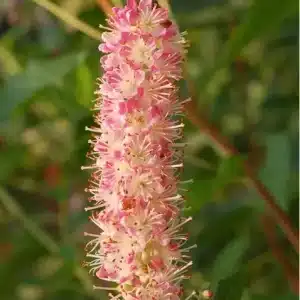

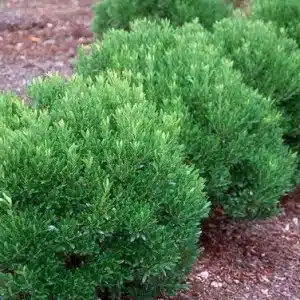
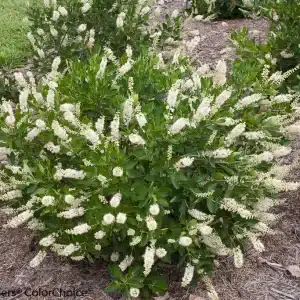

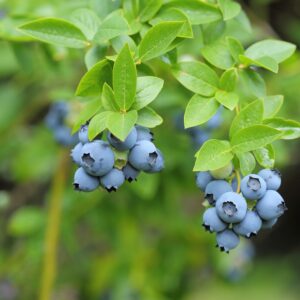
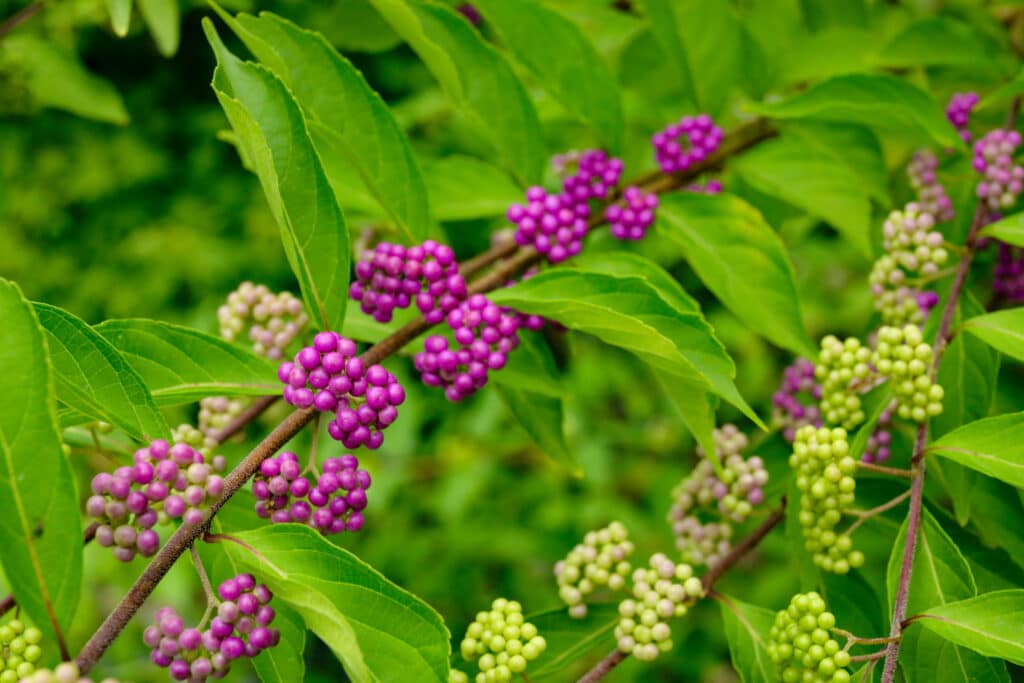
Early Amethyst grows best in full sun to partial shade, with full sun encouraging the best fruit production and shape. It prefers moist, well-drained soil, but is tolerant of average garden conditions once established. It performs well in both formal borders and naturalized plantings.
This cultivar forms a graceful, arching shrub that typically reaches 3–4 feet tall and 4–5 feet wide. Its compact habit makes it ideal for foundation plantings, low hedges, and wildlife gardens without taking up too much space.
True to its name, ‘Early Amethyst’ produces fruit earlier than other beautyberries, typically beginning in late summer (August). The vibrant, violet-purple berries form in tight clusters along the stems and persist into fall, providing striking late-season color.
Yes! The berries are a food source for birds, especially in fall and early winter, while the shrub’s dense form offers cover and nesting opportunities. Though not a major pollinator plant, its small summer flowers do attract bees and other beneficial insects.
Beautyberry is considered moderately deer-resistant. While deer may browse the foliage occasionally—especially when other food is scarce—the plant usually rebounds quickly and the berries are rarely eaten by deer, making it a reliable option in areas with some browsing pressure.
Our gift cards make it easy to share the beauty of plants, flowers, and all things green. Whether for a special occasion or just because, give the gift of choice and let them select their favorites to create a garden they’ll cherish.
BUYING HIGH QUALITY PLANTS HAS NEVER BEEN EASIER
Our plants are easy to order, plant, and enjoy! Bringing pollinators to your property improves vegetable yields – Feed the bees!
Sign up for our email list!
Copyright © 2025 Bumbee’s | Web design and SEO by Searles Graphics